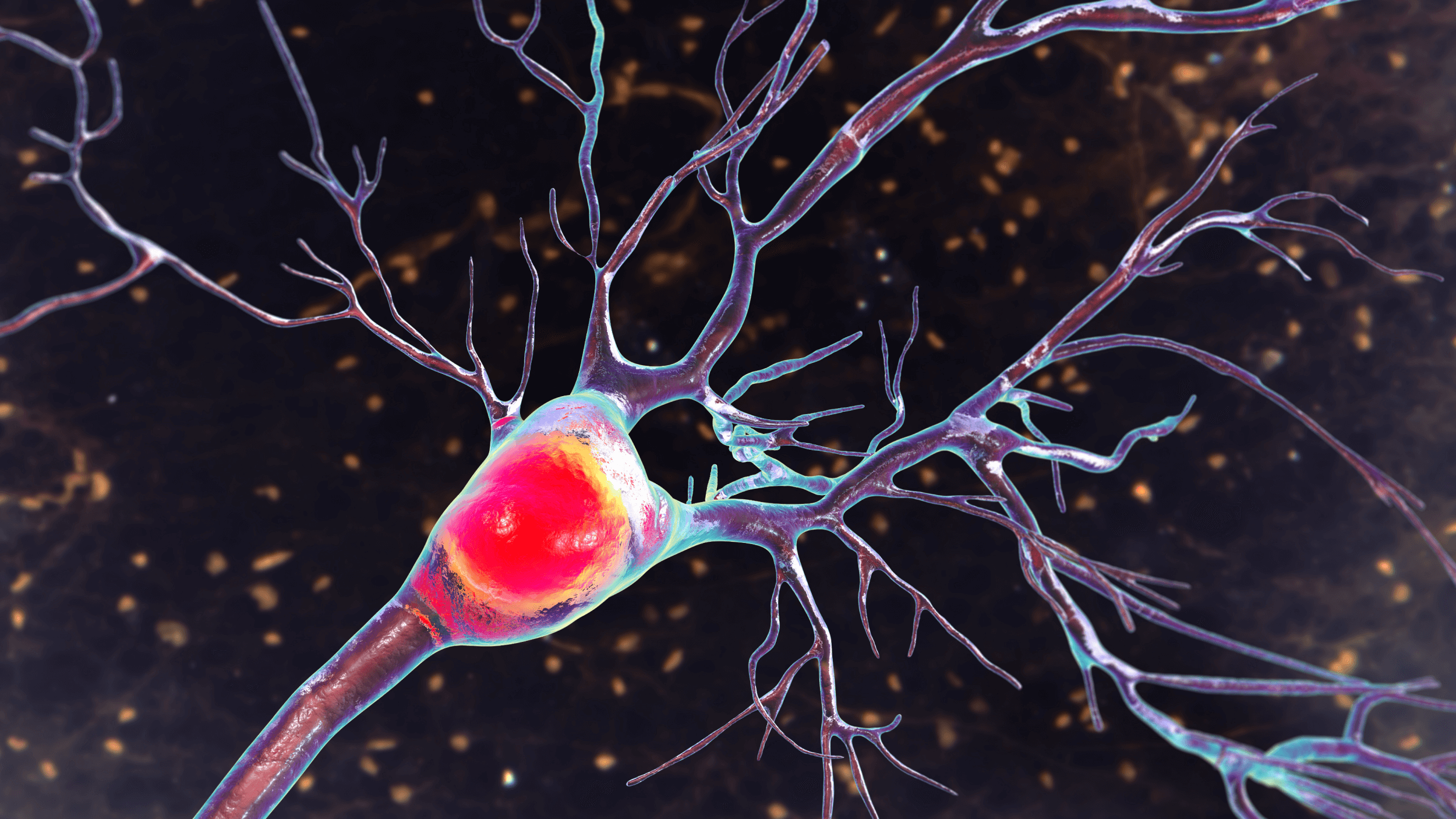Long-standing neuroscience theory on uncertainty challenged

- When people do not know exactly what is going to happen next in the environment, like a baseball player at bat, the brain is able to plan body movements.
- Scientists know that the brain generates these plans below the level of conscious thought, but exactly how it does this has long been a mystery.
- A new study sheds light on motor action planning, suggesting that the brain uses currently available information to develop a single plan of action for optimized performance.
The baseball legend Yogi Berra once had a manager tell him to think more when he was up at bat. Berra responded, “How can a guy hit and think at the same time?” It was a fair question. After all, when a pitcher throws a fastball, the batter has about 400 milliseconds to see the pitch, judge its direction, and swing the bat. There is no time for conscious deliberation.
Berra struck on a complex question in neuroscience: How does your brain quickly plan body movements when you are in situations where you cannot know exactly what is coming next?
A recent study published in the journal eLife explored that question by studying the mechanisms underlying motor planning. The researchers conducted several novel experiments measuring how people responded to uncertain conditions in goal-oriented tasks, and the results cast doubt on a long-standing theory about how the brain plans motor actions under uncertainty.
Motor planning under uncertainty
Researchers have spent decades studying how the brain plans body movements when information about the goals is ambiguous. The studies have uncovered a pattern: When there are multiple potential goals, such as multiple spots where a pitcher might throw a baseball, people tend to aim strategically between the potential targets and then tweak their actions as more information becomes available. In other words, people hedge the bet.
“These intermediate movements — widely considered a telltale sign of motor planning under uncertainty — are thought to provide fundamental insight into the neural processes by which the brain prepares an action to achieve a desired goal,” the researchers wrote.
The prevailing explanation for these so-called intermediate movements is that the brain develops multiple motor plans for each of the potential goals, and then blends the plans into a single action that represents an average of all the plans. This is the theory of motor averaging.
But previous research shows that people do not always act in a way that is consistent with motor averaging. The new study aimed to test a competing hypothesis: Instead of averaging a series of potential motor plans, the brain uses available information to generate a single plan that optimizes performance. To test whether the brain uses motor averaging or so-called performance optimization to plan movements, the researchers conducted several novel experiments.
The goal was to design the experiments in such a way that the outcomes predicted by each hypothesis would be markedly different. By comparing the actual results with the predicted results for the two hypotheses, the researchers hoped to get a clearer picture of which is correct.
“Go-before-you-know”
Past studies on motor planning often used “go-before-you-know” tasks to measure how people respond to uncertainty. One such task, for example, asked participants to start reaching toward one of several potential targets, with the actual target being revealed only after the participants began moving.
In the new study, the researchers designed new versions of the go-before-you-know task. One involved participants using a joystick to aim at a target on a computer screen. As they aimed, the joystick would move to the left or right, forcing the participants to correct their movements in real time. A similar experiment involved virtual obstacles that blocked or deflected participants’ movements toward targets. And another experiment involved two targets, one of which would disappear shortly after the participants began moving, leaving them to aim for the remaining target.
No need to hit and think at the same time
The results from all of the experiments showed that performance optimization, not motor averaging, best explained how people planned their movements.
“[T]he current findings indicate that motor planning during uncertain conditions does not proceed from averaging parallel motor plans, but instead, incurs the creation of a motor plan that optimizes task performance given knowledge of the current environment,” the researchers wrote. “These findings are compatible with the current neurophysiological data and offer a mechanistic framework for understanding motor planning in the nervous system.”
It remains unclear how the brain produces that single optimized motor action plan. But the research highlights how the motor system is able to coordinate and execute complex movements in split-second speeds — all without conscious thought. It is an ancient and valuable feature of evolution, as Dr. Kevin Tracey, president and CEO of the Feinstein Institutes for Medical Research, told Big Think earlier this year:
“The nervous system evolved because we need to respond to stimuli in the environment. Neural signals don’t come from the brain down first. Instead, when something happens in the environment, our peripheral nervous system senses it and sends a signal to the central nervous system, which comprises the brain and spinal cord. And then the nervous system responds to correct the problem.”





